Depending on your perspective, the red roof and brick of St. Eugene’s Resort in Cranbrook, BC might look like a gorgeous example of Spanish colonial architecture, or an imposing blight on the pristine mountain landscape.
“St. Eugene Golf Resort and Casino is on the site of the Kootenay Indian Residential School,” says Sophie Pierre, former chief of the St. Mary’s Indian Band, who played an integral role in turning the building into a tourist destination. “I spent nine years in that residential school.”
When ownership of the building transferred to the five Indian Bands in the region, some wanted to tear it down, in the hopes that it would make the hurt go away. But former Chief Pierre was inspired by Elder Mary Paul, who encouraged the community to take back what they’d lost in the St. Eugene Mission.
“That building stood for so much loss, hurt, grief. We made the decision to take that back, and give to ourselves what we’d lost there,” Pierre said at the BCRTS Tourism Summit this fall.
“Oh boy, it was quite a long journey!” she said, referencing the decades’ long effort, including a referendum in each of the five Indian Bands, to bring the resort into existence. “We have taken back our place in the economy of our region, and that’s the way it should be everywhere in this province.”
Barkerville’s original peoples
Mike Retasket, a storyteller, Traditional Pipe Carrier, Dancer, Drummer, and Singer who lives in Soda Creek north of Williams Lake, has also been personally impacted by residential schools, and incorporates some of that history in his work at Barkerville Historic Town and Park.
“Three generations of my family attended Kamloops Residential School. But our language survived. Our songs survived. Our ceremonies survived,” Retasket says.
“I raise my hands to my companion Cheryl Chapman, who worked for 25 years to get our voice in Barkerville. And it’s there now. And they are with us with open arms.”
At Barkerville, Chapman plays her great-grandmother, Lucie Sellars, who was born in 1867 at Soda Creek to Charlie Charlie, the blacksmith who worked for Bill and Jim Sellars at Mountain House. Chapman and Retasket share stories of the many Indigenous groups (mainly Shuswap, Secwépemc and Carrier) who lived and traded at Barkerville, as well as modern truths about their culture.
At first, Retasket says, he shared that history in a way that pointed fingers and laid blame, because he was angry. But over time he and Chapman have found ways to share their sad history with less emphasis on guilt.
“I had to overcome that anger. I had to begin a healing process about those kinds of things and heal myself from taking that path. I think Cheryl and I have taken some good steps in sharing that with our guests at Barkerville.”
READ MORE: Indigenous perspective continues to be shared at BC Gold Rush historic town and park
Sophie Pierre notes that in recent years tourists have been more curious to learn, even if it’s painful.
“The general public is really coming, more and more, to the realization that we’ve got to have these discussions. And I think they are getting less uncomfortable.”
Understanding the truth of Canada’s history is the first step towards finding common ground across cultures, and Pierre says the land can quite literally be that common ground with her neighbours in the Kootenays.
”The land becomes a part of them as they become a part of the land. We have that discussion, so that they come from place of having a stake of how our future is going to pan out for all of us.”
A place to share stories, past and present
Pierre emphasizes that St. Eugene Resort is in the hospitality industry, so they’ve worked hard to create a fun, comfortable, entertaining space. But many visitors are eager to hear Ktunaxa stories, too.
“When visitors come, we talk about where we are as a nation today. We do tours within the resort so we can answer, as best as possible, their questions about residential schools. We also want to make sure we’re telling the ancient stories in our homeland in Ktunaxa,” she says.
The resort includes a tipi village where Ktunaxa can tell creation stories, crowd-favourites about trickster coyote, and modern stories like how the resort came to be. She says part of the power of Indigenous tourism is that it inspires Ktunaxa to learn more about their own culture.
“We have to know it, in order to share it. It’s a way of ensuring we’re passing those stories on.”
Plan your adventures throughout the West Coast at westcoasttraveller.com and follow us on Facebook and Instagram @thewestcoasttraveller. And for the top West Coast Travel stories of the week delivered right to your inbox, sign up for our weekly Armchair Traveller newsletter!

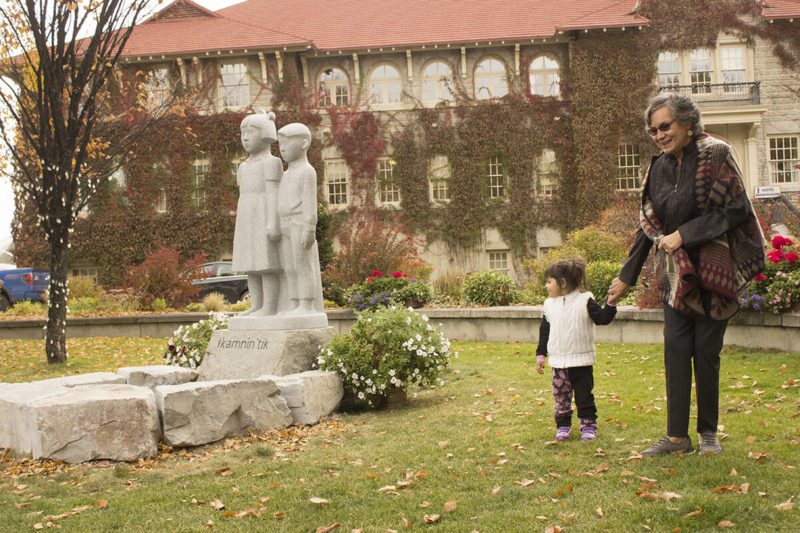

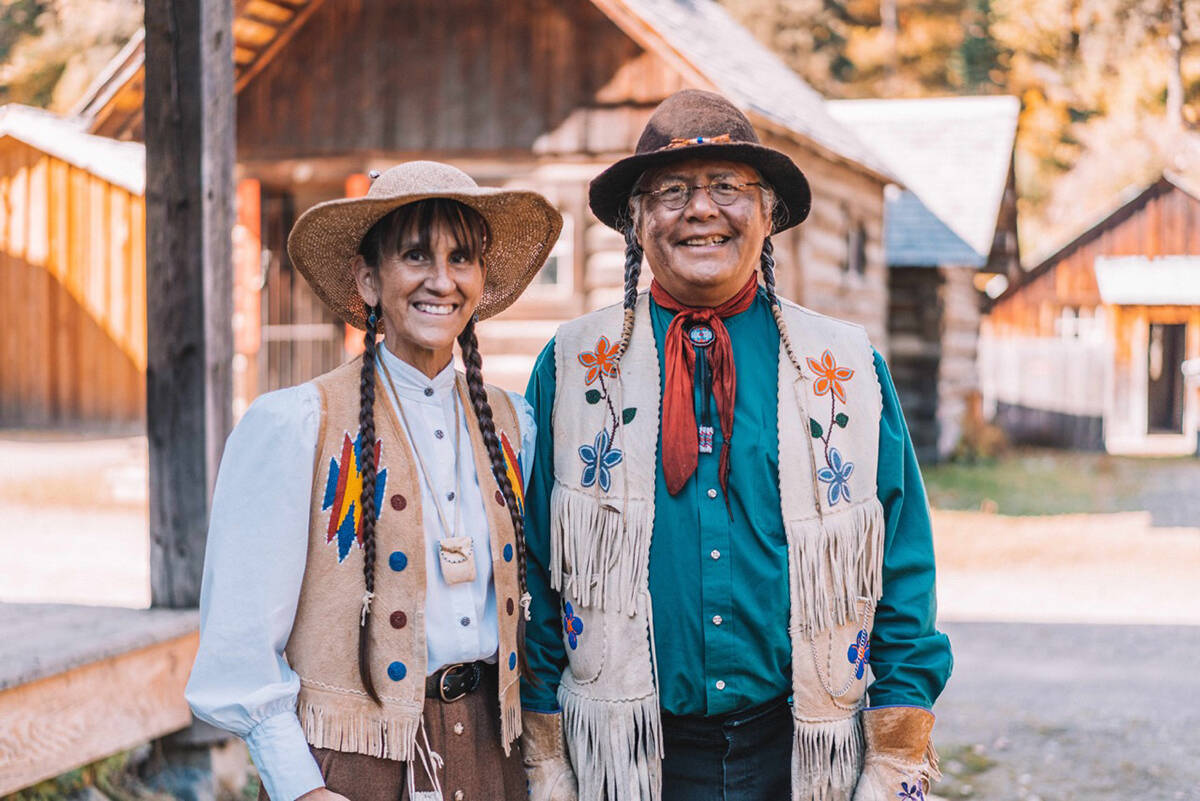
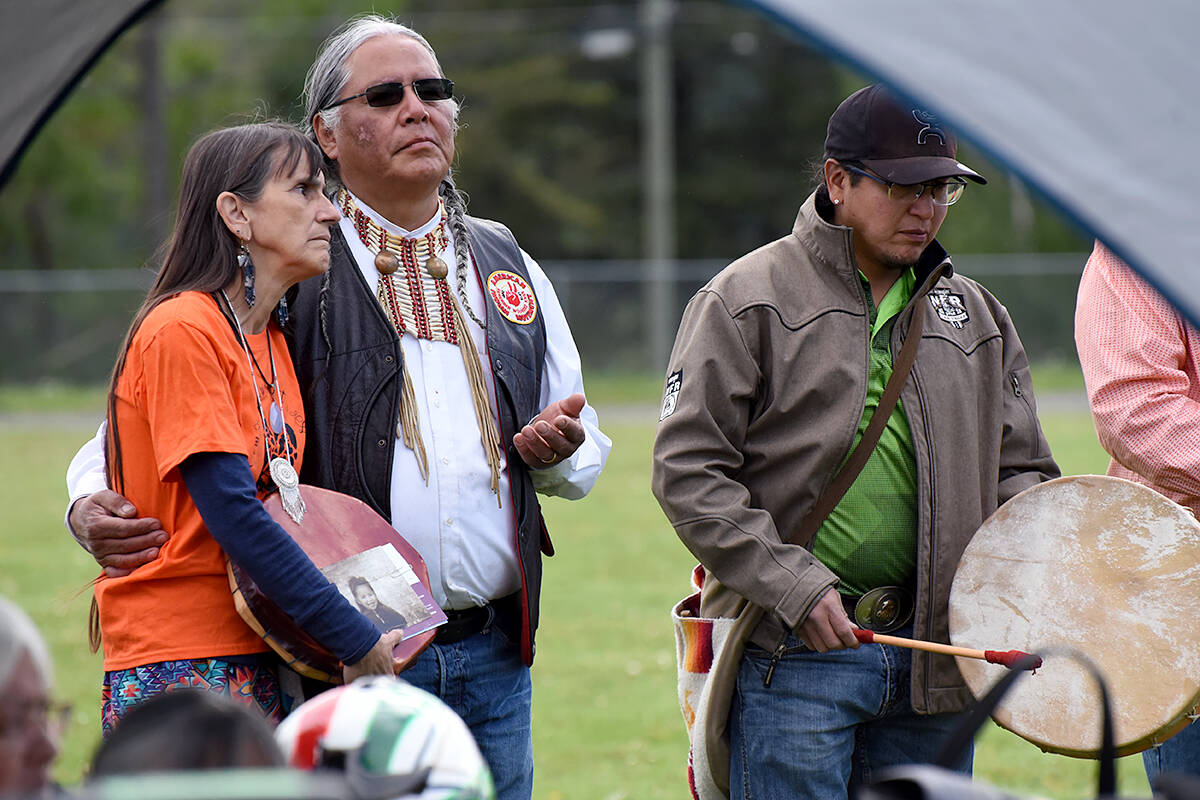
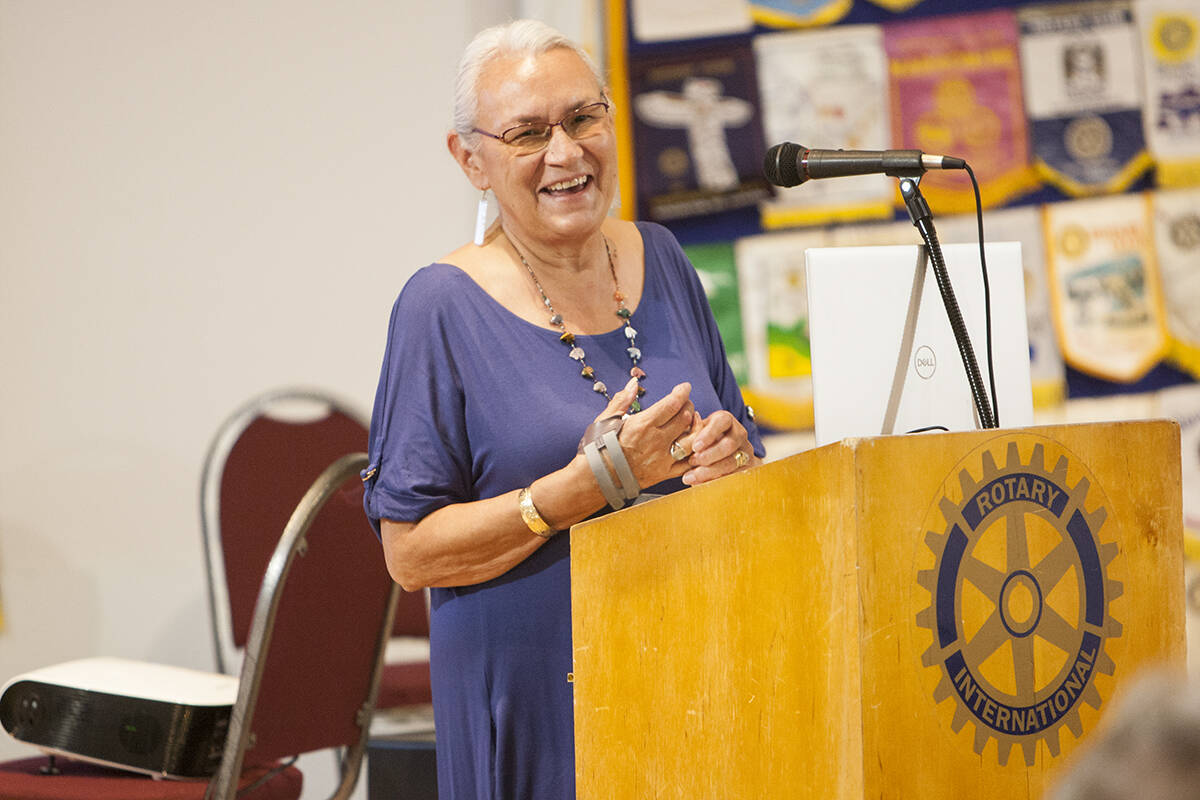
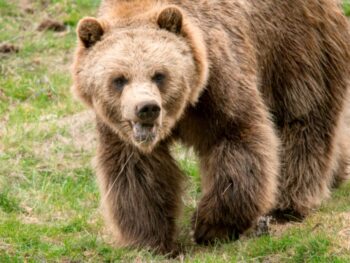
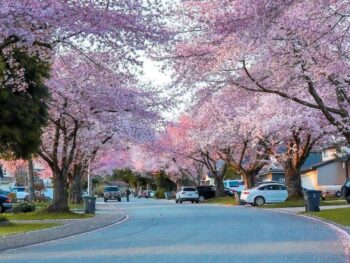
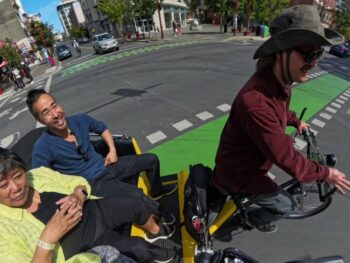
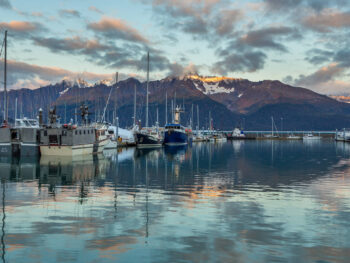
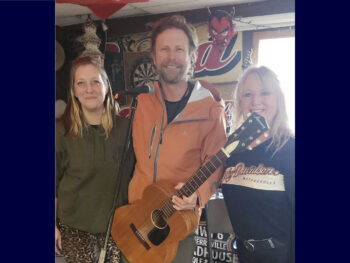
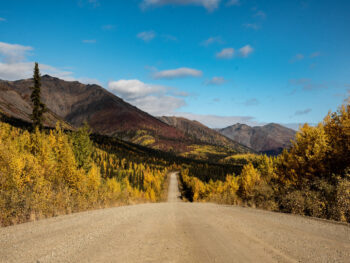
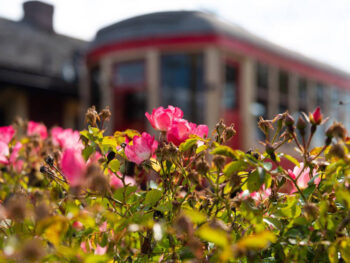
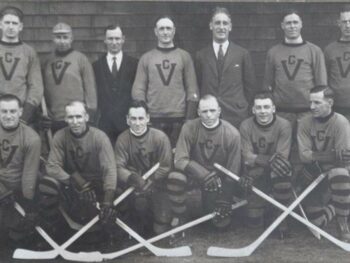
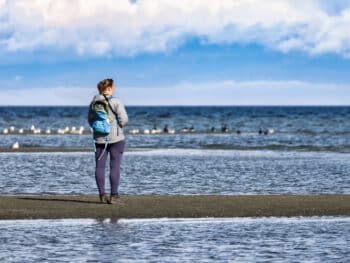
 2 new trails await budding and seasoned birders
2 new trails await budding and seasoned birders